Ever wondered if saving your lawn is worth as much as saving your pipes? Imagine facing plumbing issues and trying to decide between pipe relining and pipe replacement using the traditional method. Which is easier on your property, wallet, and peace of mind? This comprehensive guide dives deep into pipe relining vs pipe replacement—their costs, disruptions, lifespans, and the critical differences every homeowner should know about drain pipe repairs.
Pipe Relining vs Replacement: Keyhole Surgery vs. Open-Heart Surgery for Your Home
Picture this: pipe relining is like keyhole surgery—minimally invasive, precise, and clean. Pipe replacement? Think open-heart surgery: big, bold, and hard on your home’s landscape.
Let your imagination wander to your backyard. With relining, your lush grass and vibrant gardens barely notice. Excavation, on the other hand, can leave a maze of trenches, torn sod, and upturned earth in its wake.
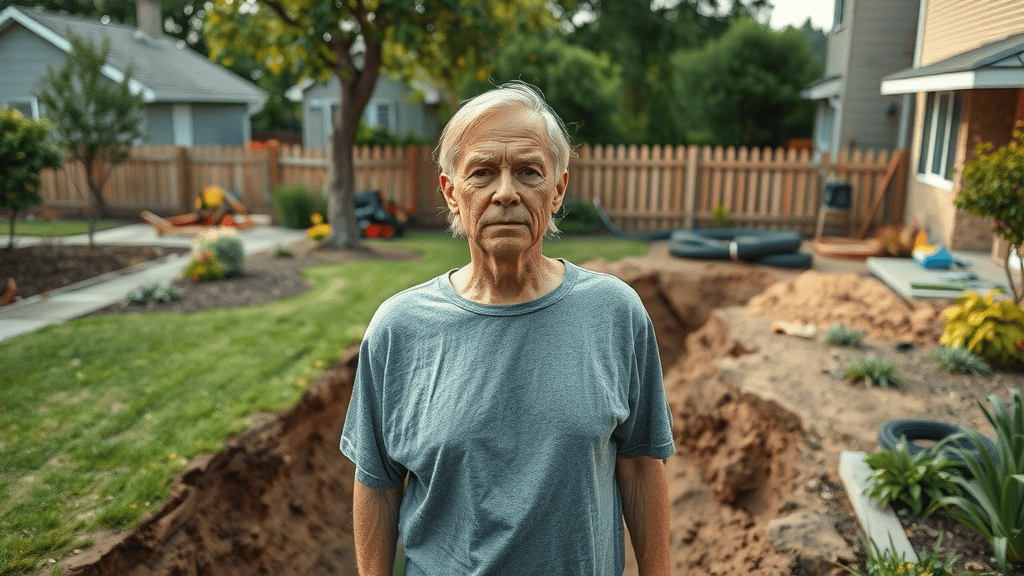
What You’ll Learn in This Pipe Relining vs Replacement Guide
How pipe relining and pipe replacement differ in cost, project time, and property disruption
The lifespan, durability, and long-term value of each method
When pipe replacement is unavoidable
Common misconceptions about drain pipe repairs
Key decision points every homeowner needs to weigh
Pipe Relining vs Replacement: Overview & Definitions
What Is Pipe Relining?
The pipe relining process involves inserting a flexible liner into your existing pipe, then curing it in place, effectively creating a brand new drain pipe within the old one. It’s done with minimal digging and little disruption to your landscaping or home.
This innovative technique repairs damaged pipes from the inside, addressing issues like tree root intrusion, cracks, leaking joints, and blocked drains—without the mess of replacing entire drain pipe sections.
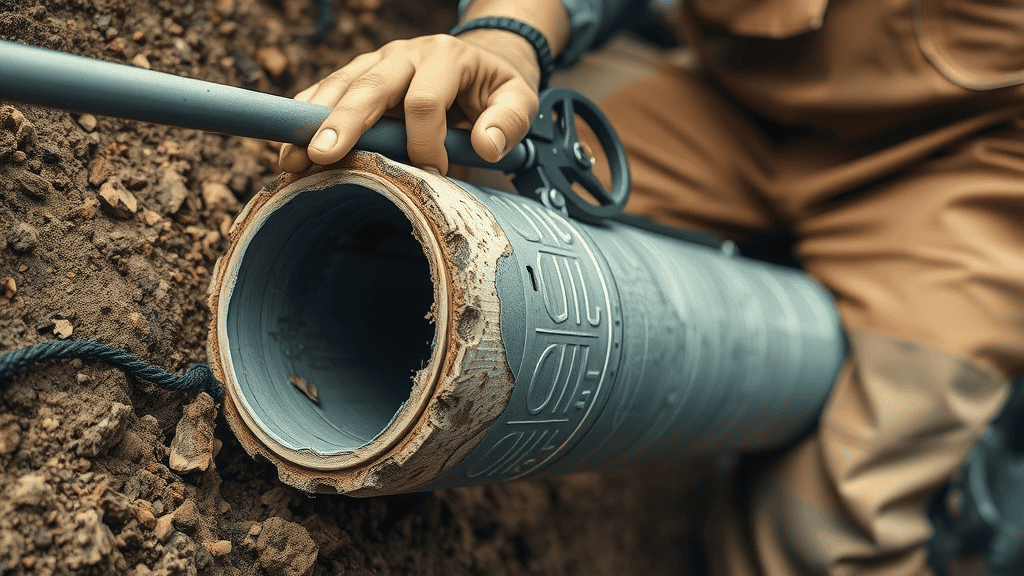
What Is Pipe Replacement (Excavation)?
Pipe replacement, often called the traditional method, means excavating and removing damaged sections of drain pipe entirely, then installing new pipes in their place.
It’s typically the go-to solution when existing pipes are severely damaged, fully collapsed, or missing altogether—scenarios where relining simply isn’t possible.
How Pipe Relining Works vs. How Pipe Replacement Works
Step-by-Step: The Pipe Relining Process
Inspection: Plumbers start by threading CCTV cameras through your drain pipe to assess the damage and pinpoint issues like tree root blockages or broken pipes.
Cleaning & Prep: High-pressure water jets thoroughly clean the existing pipe, removing debris, roots, and buildup for a smooth relining process.
Relining & Curing: A resin-soaked flexible liner is carefully inserted into the pipe. Special tools and air pressure guide it into position before it’s cured in place—usually with hot water or UV light—forming a new, seamless pipe lining inside the old pipe.
Quality Assurance: After curing, another camera checks the relined pipe, and flow testing ensures the pipe repair is perfect before your plumbing system goes back to normal use.
For a more detailed visual breakdown, see our complete step-by-step guide to the pipe relining process.
Step-by-Step: The Traditional Pipe Replacement Method
Assessment: Technicians evaluate the site, checking the extent of pipe damage and mapping out locations of the damaged or broken pipes under the property.
Excavation: Trenches are dug to expose and remove the existing pipes. Heavy machinery unearths the length of the broken or blocked drain, impacting landscaping, driveways, and sometimes sidewalks.
Replacement & Restoration: New pipes (often PVC or similar modern materials) are fitted. The ground is backfilled and restoration begins—which can mean rebuilding gardens, driveways, or patios disturbed by the trenching process.
Pipe Relining vs Replacement: Comprehensive Cost Comparison Table
Factor | Pipe Relining | Pipe Replacement (Excavation) |
|---|---|---|
Total Cost (incl. restoration) | $450–$1,000 per metre | $900–$5000 per metre |
Project Time | 1–2 days for most jobs | 3–7 days or more (plus restoration time) |
Property Disruption | Very low—most of the yard, driveway, and gardens remain untouched | High—extensive digging, impacted gardens, patios, and driveways |
Durability/Lifespan | 30–50 years (when installed correctly, meets new pipe standards) | Depends on material: PVC (50+ yrs), clay (50–80 yrs), cast iron (40–60 yrs) |
Warranty | Typically 20–25 years | Varies by installer and pipe type, 10–50 years on material |
"Think of relining as minimally invasive surgery—less mess, faster recovery, and less pain for your home."
— Expert opinion
Cost Factors: Pipe Relining vs Pipe Replacement
A Deeper Look at Restoration Costs in Sydney
When a quote for traditional excavation only covers the plumbing work, it’s hiding what is often the most expensive part of the entire project. To give you a realistic picture, here are some of the common, unavoidable restoration costs Sydney homeowners face after a traditional dig is completed:
Re-concreting a Driveway Section: $2,000 – $5,000+
Replacing Paving or Tiling: $1,500 – $4,000+
Professional Landscaping & Re-turfing: $1,000 – $3,500+
Rebuilding a Retaining Wall Section: $2,500 – $6,000+
These are the substantial, secondary expenses that are almost entirely avoided with a ‘no-dig’ pipe relining solution. When you get a fixed-price quote for relining, you are getting a predictable, all-inclusive price without the risk of these costly post-project budget blowouts.
What Influences the Cost of Pipe Relining?
The price of pipe relining is determined by several factors: accessibility to the damaged pipe, the diameter and total length of the pipeline, the chosen liner material, and the overall condition of the existing pipes. Complex plumbing systems or multiple bends in the line can increase the cost.
What’s typical? Expect to pay approximately $450 to $1,000 per metre for relining, depending on your location and requirements. Reputable companies often include long-term warranties (20–25 years), which can offer peace of mind and long-term value compared to temporary repairs.
For a more detailed breakdown, our complete guide covers how much pipe relining really costs in Sydney.
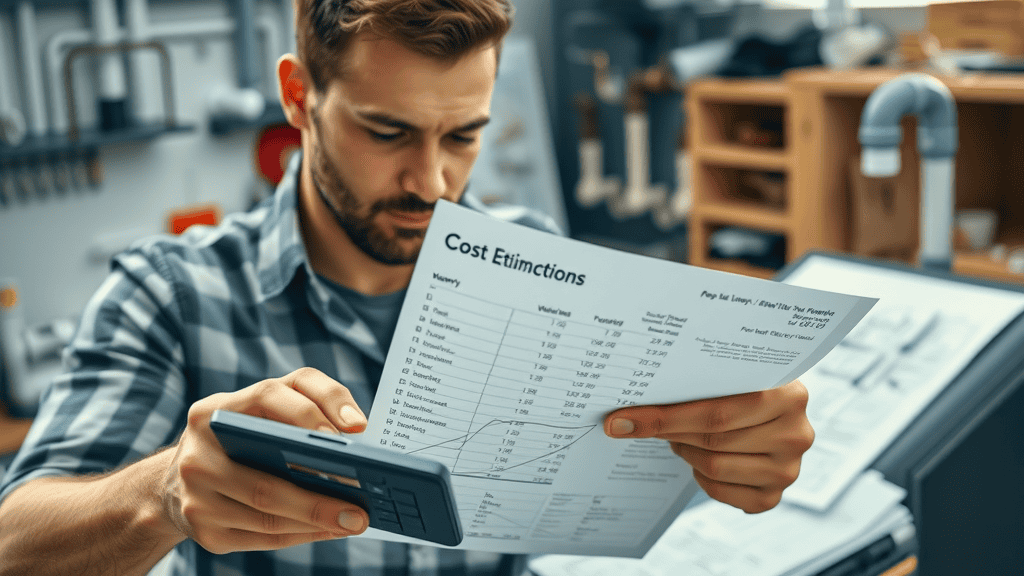
When considering the financial side of pipe repairs, it’s helpful to get a detailed breakdown of what goes into the pricing. For a closer look at the specific factors that influence the cost of relining—including pipe diameter, access, and material choices—explore this guide on pipe relining costs from trusted Sydney professionals.
What Drives the Cost of Pipe Replacement?
Pipe replacement cost is affected by how complex the excavation will be—consider obstacles like driveways, mature trees, or established landscaping that impact the drain pipe replacement process. The type and length of drain pipe to be replaced, along with the cost of new pipes, also have a major impact.
Don’t overlook hidden costs like property restoration. Replacing trees, shrubs, paving, or concrete driveways can push final costs much higher than the basic pipe work alone—sometimes surprising homeowners with unexpected expenses and weeks of disruption.
Durability and Lifespan: Pipe Relining vs Replacement
How Long Does Pipe Relining Last?
Installed by experts, today’s pipe relining can last 30 to 50 years.The relining process is highly durable—using quality resins and liners that cure into a solid, jointless pipe-within-a-pipe, often stronger than the original pipe.
Longevity depends on installation quality and material. Leading relining contractors provide manufacturer-backed warranties of 20 years or more. Properly maintained, relined pipes resist tree root intrusion, corrosion, and blockages for decades.
How Long Do Replacement Pipes Last?
The lifespan of replacement pipes depends on the material: modern PVC pipes can serve reliably for 50+ years, cast iron about 40–60 years, and clay pipes may even last 80 years or more under proper conditions.
However, traditional replacement isn’t always maintenance-free. Poor installation, shifting soil, or recurring plumbing issues like aggressive tree roots can still cause future headaches—even with new pipes. Warranty coverage varies widely depending on who does the job and the types of pipes being installed.
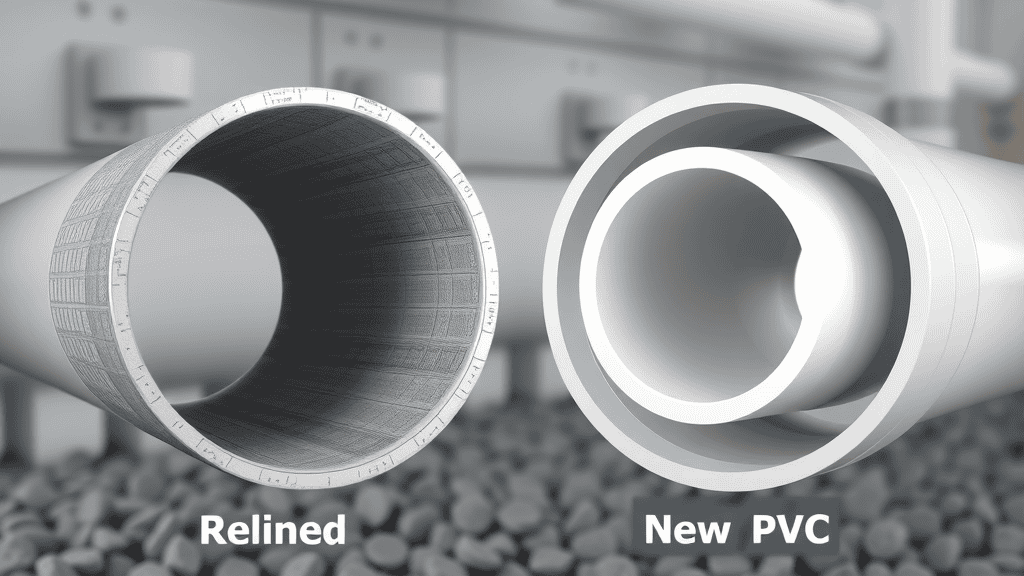
Disruption Level: Pipe Relining vs Replacement
Beyond the Trenches: The Real-Life Impact of Excavation
A traditional excavation is more than just a trench in the yard; it’s a full-scale construction project that takes over your home life. For days on end, your property is filled with the constant, grinding noise of heavy machinery and the jarring sound of jackhammers breaking up concrete. Access to your own backyard or driveway can be completely cut off, turning simple daily routines into a logistical headache. It’s a level of chaos that disrupts everything, from your morning coffee to your kids being able to play outside safely.
The stress doesn’t end when the new pipe is finally in the ground. Suddenly, you become a project manager. The plumbing bill is just the beginning; now you have to find, schedule, and coordinate separate teams of concretors and landscapers to begin the long process of putting everything back together. This often comes with its own set of unexpected costs and delays, not to mention the unseen mess of fine dust that settles on everything inside your home and the mud that gets tracked through your hallways. It’s a long, drawn-out ordeal that goes far beyond a simple plumbing repair.
Property Impact: Minimal vs. Major
With pipe relining, your property’s surface remains largely untouched—often requiring just a small access point to the existing pipe. Relining is ideal in established yards, tight spaces, or when you want to avoid restoring gardens, driveways, or sidewalks.
Pipe replacement, by contrast, is a major project. Heavy machinery digs up lawns, flower beds, patios, and concrete, sometimes requiring extensive (and costly) restoration efforts once the new pipes are installed. The impact is visually and financially significant—especially if you take pride in your landscaping.
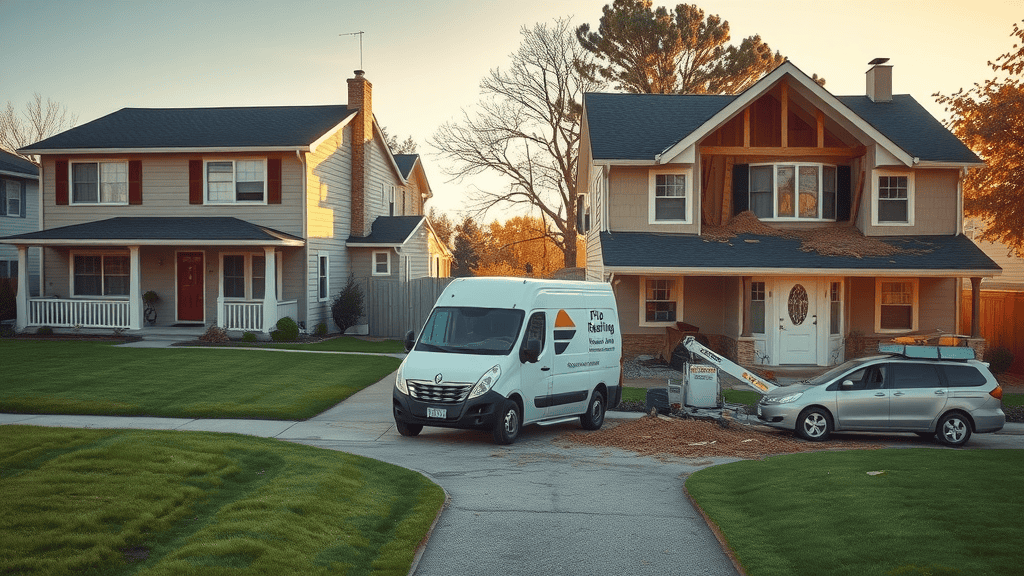
When Is Pipe Replacement Unavoidable? (Honest Assessment)
An honest company’s first priority is to give you the correct solution, not just the one they happen to sell. While pipe relining is a powerful technology, it is not a magic bullet. In some specific situations, traditional excavation is the only responsible choice.
The decision should never be a guess; it’s a diagnosis made with you, by showing you the live footage from a CCTV drain camera. The main reason a plumber would advise against relining is if the camera shows the existing pipe is completely ‘pancaked’ flat or has sections that are entirely missing. A liner needs a “host pipe” to mould against as it cures, and in these rare cases, there is simply no structure left to work with.
Even in these situations, the goal is still to minimize the damage. The best solution is often a ‘hybrid approach’: a small, targeted excavation to replace only the single collapsed section, followed by relining the remaining length of the pipe. This contains the chaos and cost, giving you the benefit of a trenchless repair for the majority of the line while properly fixing the one section that truly needs it.
"Sometimes, only a full replacement can restore flow when the original pipe is beyond repair."
— Streamline Drains & Pipelines
Pipe Relining vs Replacement: Pros and Cons List
Pipe Relining Pros: Minimal property disruption, cost-effective for most plumbing issues, fast installation (often 1–2 days).
Pipe Relining Cons: Not suitable for fully collapsed or severely misaligned existing pipes; upfront cost is still significant, especially for very complex systems.
Pipe Replacement Pros: Can resolve any level of pipe damage, including missing or pancaked pipes; extremely long lifespan, especially with PVC.
Pipe Replacement Cons: Major landscape disruption, long project timelines, restoration costs (gardens, driveways, etc.) can add up quickly.
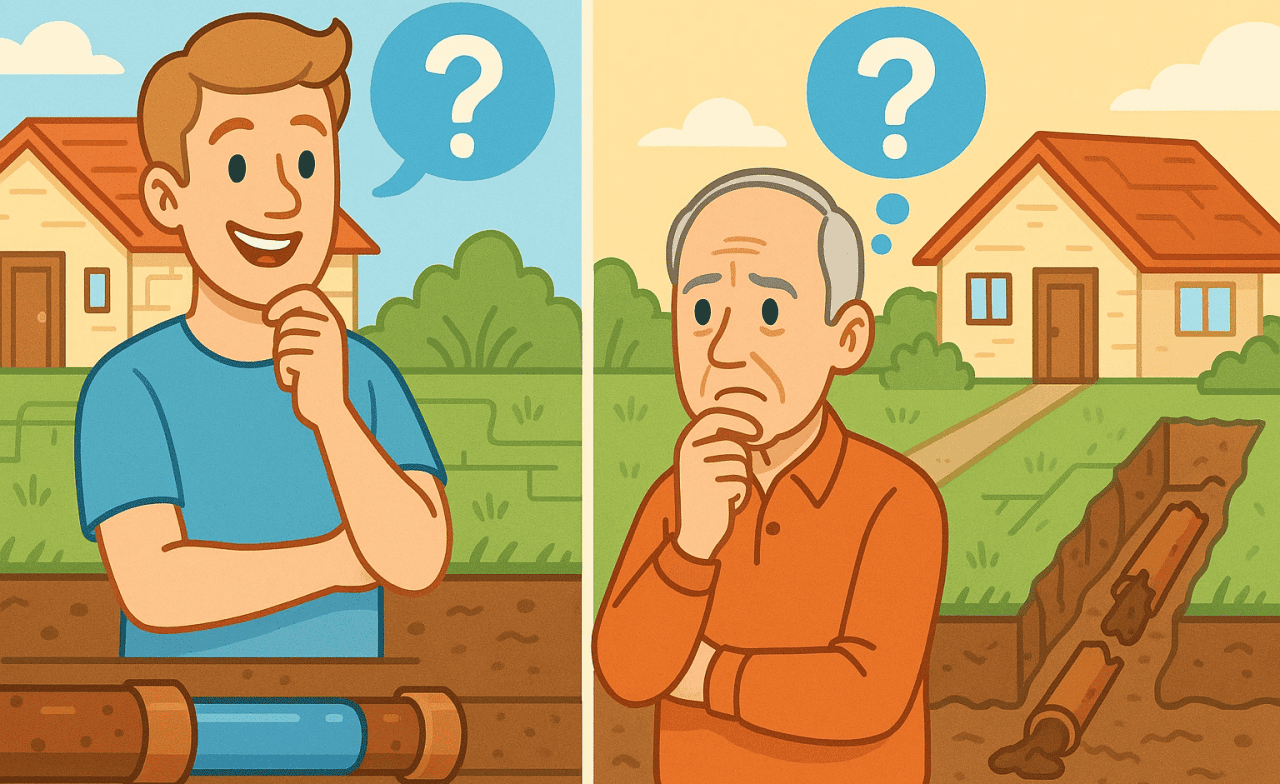
Common Myths & Misconceptions about Pipe Relining and Replacement
-
Myth: Pipe relining is only a temporary fix.
Fact: Modern liners, cured and installed properly, perform as well as new pipes for decades. -
Myth: Pipe replacement always adds the most value.
Fact: Unless your plumbing system needs complete overhaul, disruptive excavation can cost more in property damage and restoration than it returns in added value.
Beyond the Repair: The Long-Term Impact on Your Property
A major pipe repair is more than just a fix; it’s a significant investment in your home’s future. The choice you make doesn’t just affect your garden today—it has a real impact on your property’s long-term value, saleability, and even your peace of mind.
Protecting and Increasing Your Property’s Value
When it comes time to sell your home, a pre-purchase plumbing inspection that reveals a fully relined system is a massive selling point. It provides potential buyers with complete confidence in the integrity of the home’s “unseen” infrastructure. Proof of a modern, permanent repair, backed by a 50-year transferable warranty, can be a powerful differentiator that helps you achieve a premium price.
Conversely, evidence of old, cracked pipes or a history of temporary “patch” repairs can be a major red flag that scares buyers away or forces you to lower your asking price.
Simplifying Insurance and Future-Proofing Your Home
Investing in a permanent, ‘no-dig’ solution is a direct investment in future-proofing your property. By eliminating the root cause of leaks and blockages, you are taking control of your home’s health and drastically reducing the risk of a catastrophic failure that could lead to complex insurance claims. A single, clean invoice for a trenchless repair is far simpler to manage than a cascade of bills for plumbing, demolition, and restoration.
It is the smartest way to protect your family and your biggest asset from the stress and uncertainty of future plumbing disasters.
People Also Ask: Pipe Relining vs Replacement FAQ
What are the disadvantages of pipe relining?
-
Pipe relining isn’t suitable for every scenario. If your existing pipe is severely collapsed or missing long sections, relining can’t restore proper shape or alignment. Pipes with numerous tight bends can also increase costs or complexity, and the process won’t completely correct major misalignments.
How much should pipe relining cost?
-
Typical pipe relining costs range from $450 to $1,000 per metre, depending on the pipe diameter, length, number of access points, and the local complexity of your plumbing system or landscaping.
How effective is pipe relining?
-
When installed by qualified professionals, pipe relining solves problems like tree root intrusion, leaks, and blockages. The repair is jointless and as durable as installing a new pipe, restoring solid flow and reliability to your home’s drain pipes.
How long do relined pipes last?
-
Relined pipes are designed to last 30–50 years or more. Leading providers include warranties up to 25 years—evidence that the process is durable and built to last with minimal maintenance needs.
Quick Reference: Key Takeaways — Pipe Relining vs Replacement
-
Pipe relining is your go-to for fast, low-disruption repairs in most residential drain pipe problems.
-
Replacement is best when pipes are collapsed or entirely inaccessible.
-
Major factors for your choice: cost, expected lifespan, property disruption, and restoration requirements.
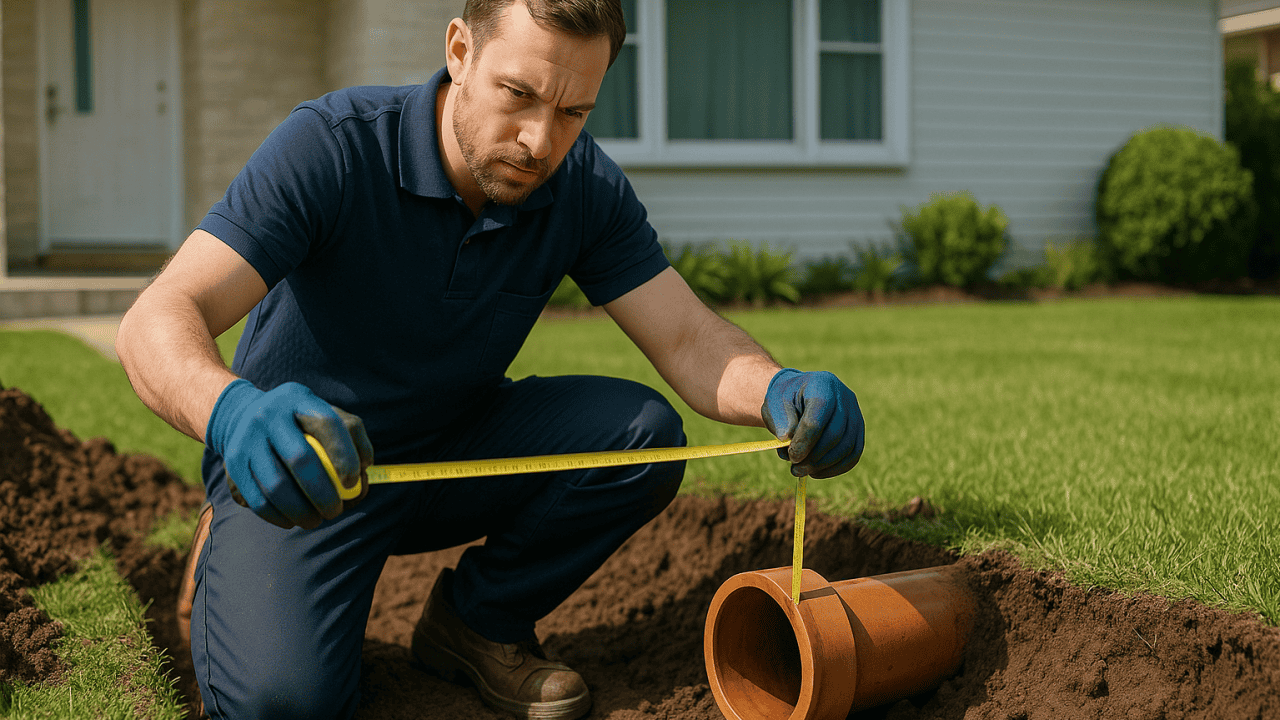
Making the Final Decision: A Summary for Sydney Homeowners
You’ve seen the side-by-side comparison, from the costs and disruption to the long-term lifespan of each repair. Choosing between pipe relining and a full replacement is a major decision, but by now, the smarter path for most Sydney properties should be clear. While traditional excavation has its place for completely collapsed pipes, the trenchless technology of modern pipe relining offers a solution that is faster, cleaner, and ultimately more cost-effective. It protects the things you value most—your time, your money, and the beauty of your home’s landscape. The peace of mind that comes from a permanent, ‘fix it forever’ repair is the final, and perhaps most important, benefit. To dig deeper, and learn everything there is to know about pipe relining and how it works, our Ultimate Guide can help you make the right decision.Your Final Checklist Before You Call
To ensure you’re making the most informed choice, run through this final mental checklist:- Have I seen the evidence? Don’t proceed with any major repair until a plumber has shown you the high-definition CCTV footage of your pipes.
- Have I considered the total cost? Remember to factor in the huge, hidden expenses of restoring your property after an excavation.
- Am I thinking long-term? Is this a temporary “patch” that will need attention again in a few years, or is it a permanent, 50-year solution?
- Do I have a fixed-price quote? An honest quote is a fixed, all-inclusive price with no surprises.

